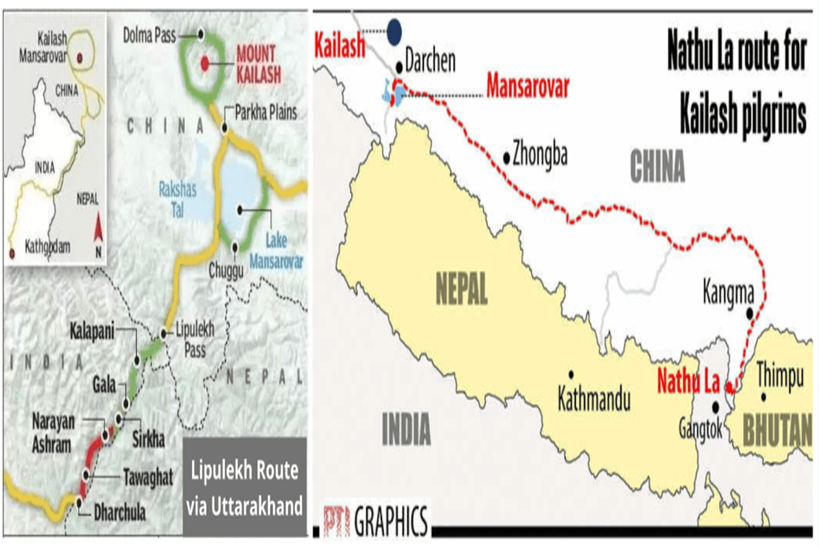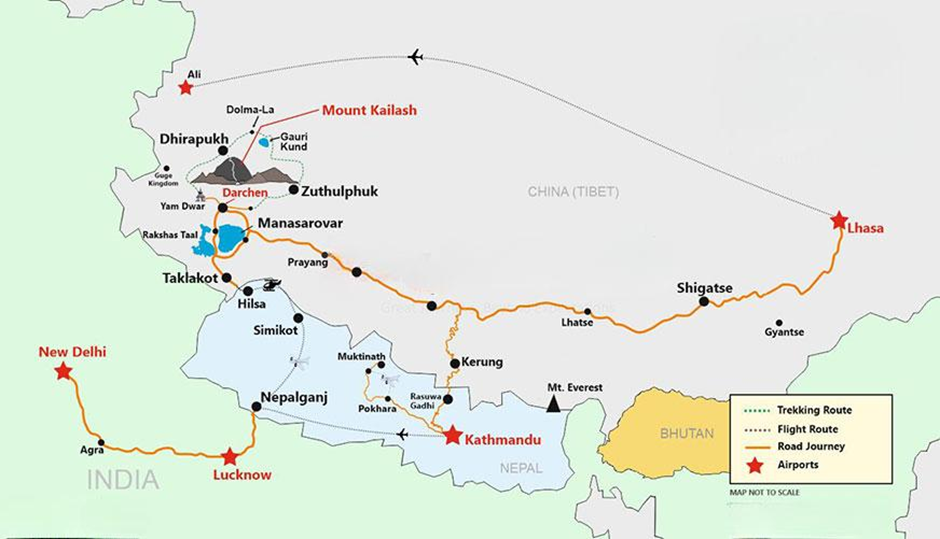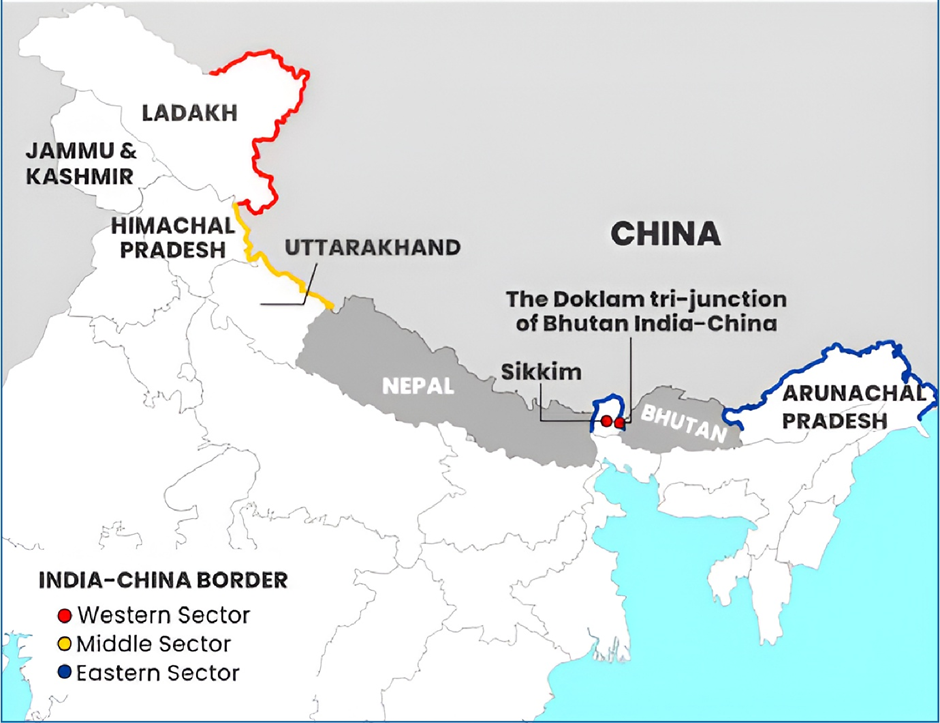- Courses
- GS Full Course 1 Year
- GS Full Course 2 Year
- GS Full Course 3 Year
- GS Full Course Till Selection
- Answer Alpha: Mains 2025 Mentorship
- MEP (Mains Enrichment Programme) Data, Facts
- Essay Target – 150+ Marks
- Online Program
- GS Recorded Course
- Polity
- Geography
- Economy
- Ancient, Medieval and Art & Culture AMAC
- Modern India, Post Independence & World History
- Environment
- Governance
- Science & Technology
- International Relations and Internal Security
- Disaster Management
- Ethics
- NCERT Current Affairs
- Indian Society and Social Issue
- NCERT- Science and Technology
- NCERT - Geography
- NCERT - Ancient History
- NCERT- World History
- NCERT Modern History
- CSAT
- 5 LAYERED ARJUNA Mentorship
- Public Administration Optional
- ABOUT US
- OUR TOPPERS
- TEST SERIES
- FREE STUDY MATERIAL
- VIDEOS
- CONTACT US
India, China to resume Kailash Mansarovar Yatra
India, China to resume Kailash Mansarovar Yatra

In January 2025, India and China have decided to resume the Kailash-Mansarovar yatra in June 2025.
Since 2020, the yatra was suspended due to COVID-19 pandemic and following military stand-off along the LAC, including the Galwan incident. Resuming the yatra is considered a significant step in improving relations between the two nations.
About Kailash Mansarovar Yatra
- The yatra includes visits to Mount Kailash and Mansarovar Lake in Tibet.
- The Ministry of External Affairs, India organises the Yatra during June to September through two different routes:
- Lipulekh Pass (Uttarakhand)
- Nathu La Pass (Sikkim).
- It is open to eligible Indian citizens holding valid Indian passports.
- The Yatra is organised with the support from state governments of Uttarakhand, Delhi, and Sikkim; and cooperation of Indo Tibetan Border Police.
- Ministry of External Affairs (MEA) does not provide any subsidy or financial assistance to Yatris.


Location:
- Mount Kailash is located in the Kailash Range (forms part of the Transhimalaya) in Tibet.
- Lake Manasarovar is a high altitude freshwater lake near Mount Kailash in Tibet.
- Four rivers emerge from the Kailash-Mansaorovar region: Sutlej, Brahmaputra, Indus and Kamali (Karnali).
Religious Significance of Kailash Mansarovar Yatra
- Hindus believe Mount Kailash is the abode of Lord Shiva. Mansarovar lake is said to be one of Goddess Sati’s 51 Shaktipeeths.
- Tibetans, Buddhists and Jains revere it as the ‘Stairway to heaven’.
- Jains hold that Rishabhanatha, the first Tirthankar (Jains’ spiritual preacher), found enlightenment at Mount Kailash.
- The Mount is referred to in Jain literature as “Ashtapada,” or “the eight steps,” which can pave the way to enlightenment and spiritual advancement.
|
2025 marks 75th Anniversary of India – China Diplomatic Relations The two countries seek to use the opportunity to redouble public diplomacy efforts and conduct a number of commemorative activities following the recent meeting between Foreign Secretaries. Other Key announcements
Key areas of concern in India-China Relations:
Way forward on dealing with China
|




